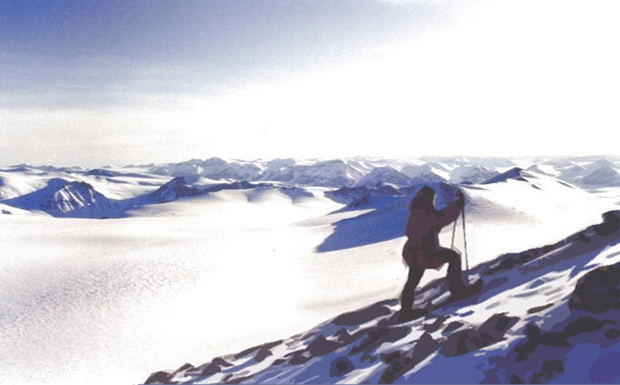
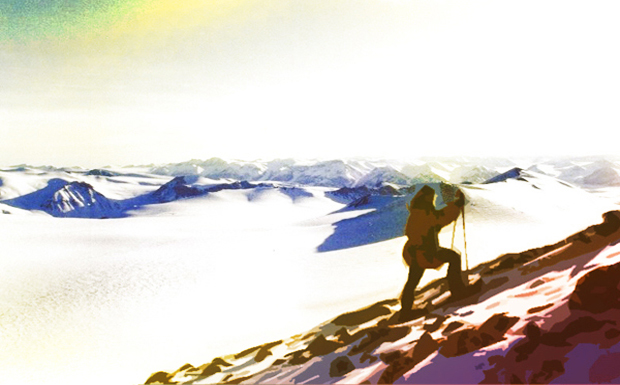 Glacier
A glacier is a perennial mass of ice, and possibly firn and snow, originating on the land surface by the recrystallization of snow or other forms of solid precipitation and showing evidence of past or present flow. More »
Glacier
A glacier is a perennial mass of ice, and possibly firn and snow, originating on the land surface by the recrystallization of snow or other forms of solid precipitation and showing evidence of past or present flow. More » 
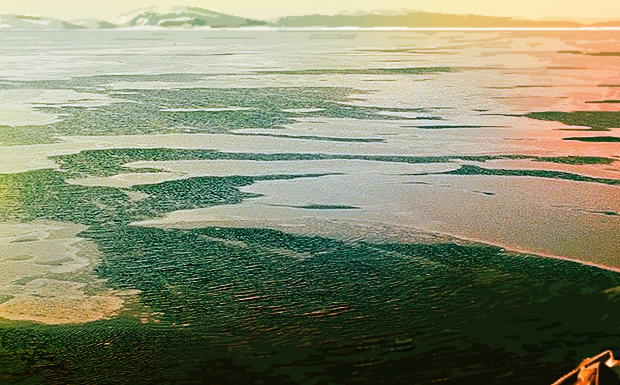 Sea Ice
Sea ice is any form of ice found at sea which has originated from the freezing of water. Because the oceans consist of salt water, this occurs below the freezing point of pure water, at about -1.8 °C (28.8 °F). More »
Sea Ice
Sea ice is any form of ice found at sea which has originated from the freezing of water. Because the oceans consist of salt water, this occurs below the freezing point of pure water, at about -1.8 °C (28.8 °F). More »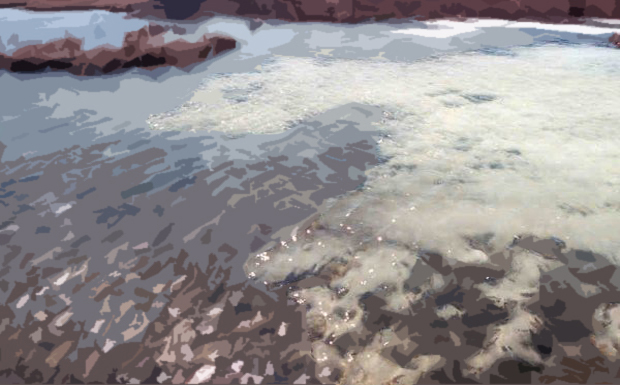
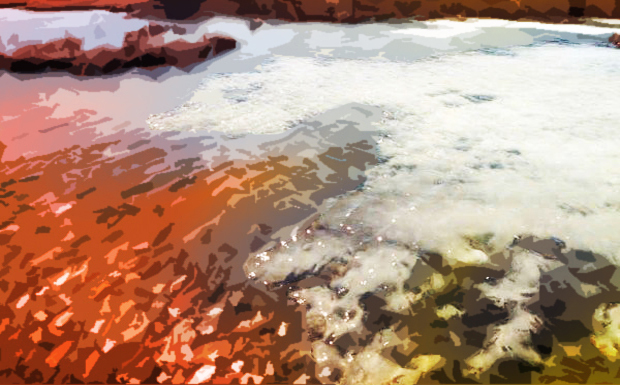 Lake Ice
Lake ice is ice formed on a lake when average daily temperature is below the freezing point. Once formed, lake ice usually thickens over the course of winter as temperature remains below 0 ° C.More »
Lake Ice
Lake ice is ice formed on a lake when average daily temperature is below the freezing point. Once formed, lake ice usually thickens over the course of winter as temperature remains below 0 ° C.More »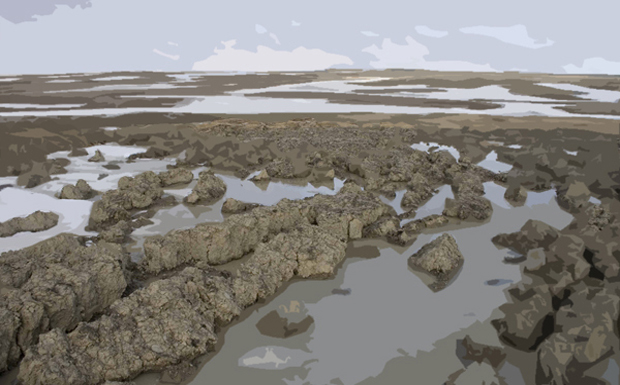
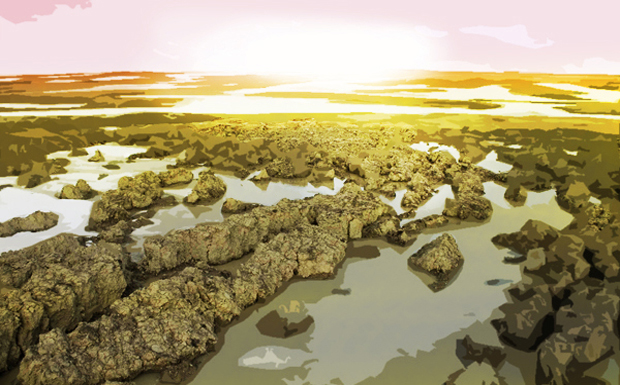 Permafrost
Permafrost is ground (soil or rock and included ice or organic material) that remains at or below 0 ° C for at least two consecutive years. Permafrost can extend to depths of more than 1500 meters. More »
Permafrost
Permafrost is ground (soil or rock and included ice or organic material) that remains at or below 0 ° C for at least two consecutive years. Permafrost can extend to depths of more than 1500 meters. More »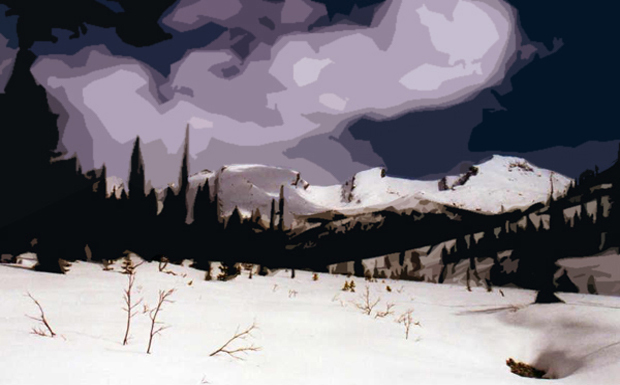
 Snow
Snow is precipitation in the form of small ice crystals which may fall singly or in flakes. Deposited snow is a highly porous material that builds up the snow cover on the ground.More »
Snow
Snow is precipitation in the form of small ice crystals which may fall singly or in flakes. Deposited snow is a highly porous material that builds up the snow cover on the ground.More »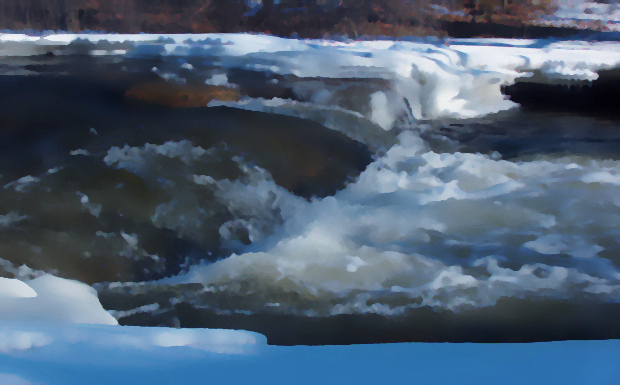
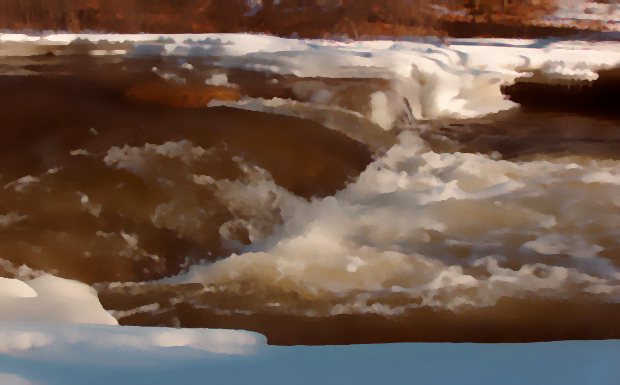 River Ice
River ice is ice formed on a river when average daily temperature is below the freezing point. In still portions of the river, shore ice usually forms first, followed by frazil and pancake ice in the main river channel.More »
River Ice
River ice is ice formed on a river when average daily temperature is below the freezing point. In still portions of the river, shore ice usually forms first, followed by frazil and pancake ice in the main river channel.More »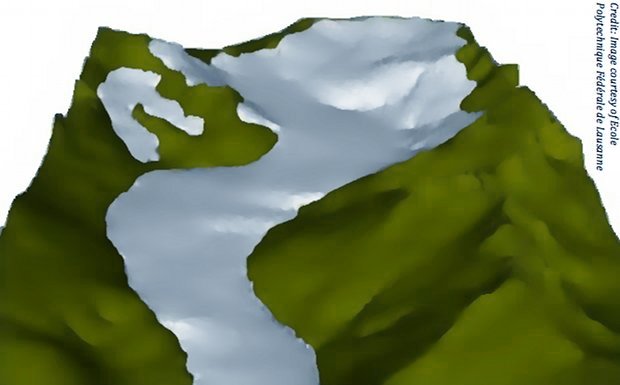
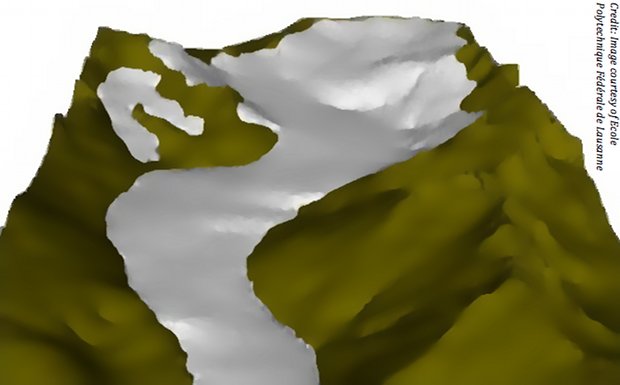 Modelling
In studies of the cryosphere, a model is a set of equations and data that represent and simulate the natural environment. Modelling allows for investigation of the cryosphere and forecasting of future outcomes.More »
Modelling
In studies of the cryosphere, a model is a set of equations and data that represent and simulate the natural environment. Modelling allows for investigation of the cryosphere and forecasting of future outcomes.More »